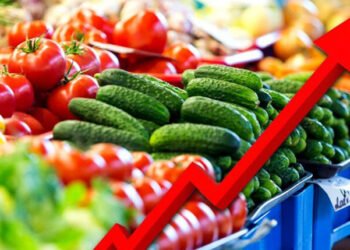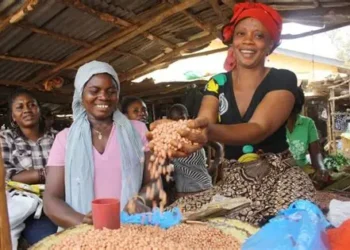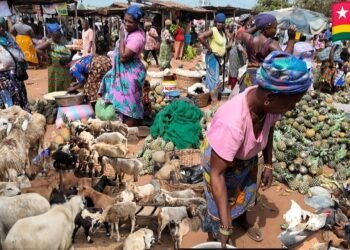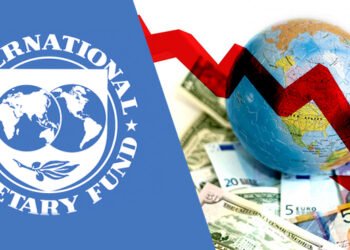Ghana’s current account deficit has widened after registering a US$2.65 billion difference on a year-on-year basis (US$1.06bn in Q1 2020 to -US$3.71bn in Q1 2021), as gold prices declined quickly during the first quarter of 2021.
Supported by investor’s search for safe-haven assets, gold prices rose to a record high of US$2,067/oz. But as global economic conditions began to improve in Q1 of 2021, gold prices saw a decline to US$1,796.94/oz.
Available data shows that gold outperformed all other commodities- cocoa, crude oil, etc. throughout the previous year. While the production of gold declined as major mines in the country temporarily shut down, the volumes of gold exported in Q1 2021 (US$766.8bn) continues to lie below Q1 2020 (US$934.04), and yet to assume pre-pandemic levels.
That aside, the worsening of the current account deficit is also attributed to the increase in imports during the quarter. According to figures presented by the Bank of Ghana (BoG), imports increased from US$3.04 billion to US$3.32 billion, thus reflecting an increase of US$280 million.
Meanwhile, the bulk of imports into the country are sourced from China, thus, making it maintain its position as the major trading partner of the country in the quarter. Imports from China represented 23.6 percent of all imports during the period, while corresponding to 18.9 percent during the same period in 2020.
Also, exports improved by a year-on-year basis, reflecting a 1.54 percent increase in Q1 2021. Actual nominal figures show that exports increased from US$3.89 billion in Q1 2020 to US$3.95 billion in Q1 2021.
Stronger export growth to improve current account deficit situation
The increasing export is seen across all goods, except gold; cocoa beans and products improved marginally by 3 percent (US$0.98bn to US$1.01bn); crude oil improved by 6.3 percent (US$0.79bn to US$0.84bn); other exports by 9 percent (US$0.62bn to US$0.68bn). As such, with a much stronger recovery expected to be seen in the second and subsequent quarters, export growth will improve the more as the ongoing vaccination provides rising optimism for a bounce back in production.
Gold exports declined from US$1.5bn to US$1.4bn on a year-on-year basis, reflecting a marginal drop. Albeit, this is likely to improve as we approach the end of the second quarter of 2021, buoyed by the increase in the production of gold and a corresponding increase in volume of exports.
This notwithstanding, within the first quarter of 2021, exports to China made up only 0.5 percent of all exports as compared to 8.2 percent of total exports in the first quarter of 2020.
However, a stronger demand for exports in other export commodities as earlier indicated will support export growth and reduce the widening imports as seen in the first quarter of 2021.
Overall, the balance of trade recorded a deficit of US$0.43 billion as at the first quarter of 2021, albeit compared with a surplus in excess of US$1.4 billion in the first quarter of 2020.
Furthermore, the capital account balance of the economy showed a surplus of US$16.75 million drastically lower than the same period in 2020, which recorded as high as US$1.532 billion as capital account surplus.
However, the ensuing quarters hold promise, as exports begin to pick up strongly. Although gold prices may potentially decline, that would not totally offset the improvement in the other commodities.
READ ALSO: COVID-19 weakens agriculture finance and transportation























